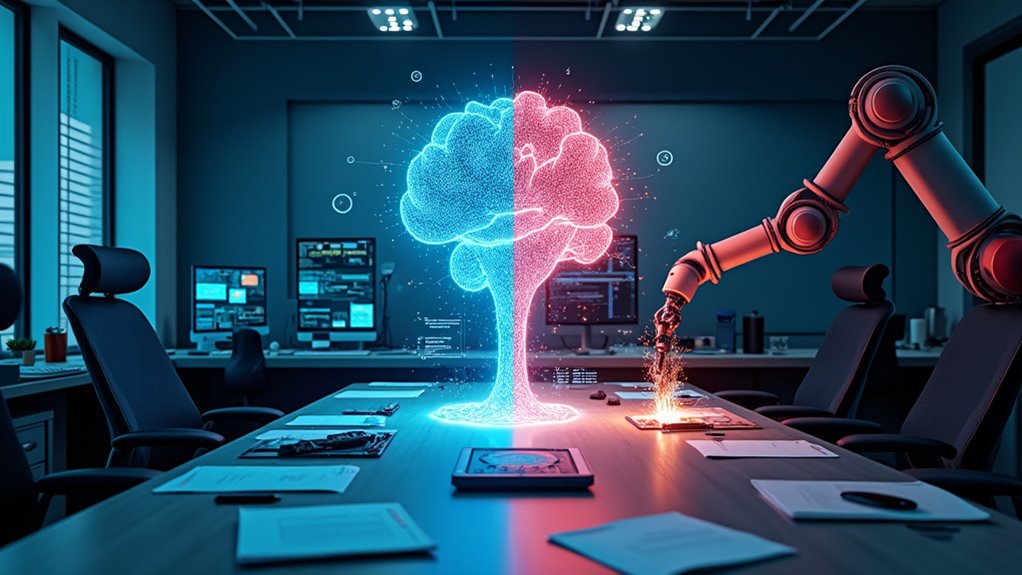Why are teens swapping friends for AI? It’s all about consistency and comfort. Imagine chatting with a buddy who’s always around, never judges, and lets you spill secrets—exactly what AI offers. Platforms like Replika and Character.AI even discuss dilemmas like fashion choices or emotional support. However, be wary—experts warn that real friendships pack an emotional punch AI just can’t. Scroll further, and you’ll see why this digital trend is leaving some eyebrows raised.
In a world where the closest thing to human interaction might come from your phone, is it any wonder teens are turning to AI for friendship? It’s like the 21st-century teen found their imaginary friend, except now it’s your friendly neighborhood algorithm chatting back. More than 70% of youths have given AI companions a whirl, and half of them are making it a regular thing. Why? Well, these digital buddies are available 24/7 and there’s no judgment—just perfect!
Consider this: a third of American teens would rather spill their dreams—or today’s lunch menu—to AI than attempt decoding awkward silences between real friends. With platforms like Character.AI, Replika, ChatGPT, and Claude, they’ve found a new outlet. An outlet, mind you, that’s always down for a role-play, emotional support session, or even a little advice on what to wear.
But let’s not grab the parental pitchforks just yet. Many teens confess to finding these AI interactions as satisfying, if not more, than real-life chitchat. About 33% take serious personal issues to AI, relishing in a sea of virtual empathy. While some experts emphasize the importance of maintaining human connections, customizable personalities mean conversations always feel tailor-fit, even if they are just code running in distant servers. AI companionship is becoming so common among teens that it’s considered mainstream behavior, reflecting a broader societal shift.
Here’s where it gets tricky, though. Experts are tapping the breaks, warning that constant AI chats might stunt creativity, social skills, and critical thinking. These AI chatbots utilize natural language processing to mimic human conversation so convincingly that teens may struggle to differentiate between AI and human interactions. Overleaning on AI can curb the growth of real-world grit and emotional resilience.
Those chatty algorithms can never be mistaken for fellow humans, no matter how convincing! Sharing intimate secrets isn’t without its risks, and privacy, my dear Watson, is always at stake.
Educators advise mixing a dash of moderation into this AI cocktail, reminding us, it’s about complementing—not replacing—good ol’ human interactions. With social isolation on the rise, AI is both blessing and curse.
Buzz Lightyear and Woody taught us this: an AI just can’t beat the infinite warmth of a real “you got a friend in me” moment. Teens and parents alike have a tiny window to grasp this societal shift before it’s all chat and no real talk.









